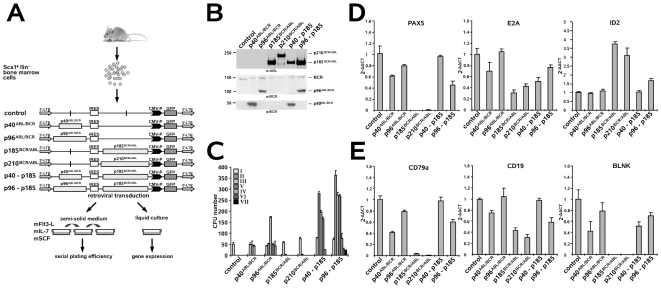Figure 7. Influence of the t(9;22) fusion proteins alone or in combination on B cell commitment and expression of B cell-specific gene transcripts.
(A) Experimental strategy for studying the influence of the reciprocal t(9;22) fusion proteins on the B cell commitment of murine HSCs. Sca1+/lin− BM cells were infected with the indicated retroviruses and plated in semi-solid medium supplemented with the indicated growth factors for determination of the serial replating potential. (B) Transgene expression in transduced Sca1+/lin− BM cells as determined by Western blotting using the indicated antibodies. (C) Long-term serial replating of Sca1+/lin− cells infected with the indicated retroviruses and plated into wells containing methyl-cellulose medium supplemented with the indicated growth factors to assess primary colony formation. Colony numbers were determined on days 8–10. Cells were harvested and replated for the determination of the serial replating potential (D–E). Influence of the t(9;22) fusion proteins on key factors involved in B cell commitment and the pre-B cell receptor complex. Sca1+/lin− BM cells were infected with the indicated retroviruses and, at 48 h post-infection, the expression of PAX5, E2A, ID2, BLNK, CD19 and CD79a were analyzed by qRT-PCR. The relative concentration of each mRNA was normalized to the concentration of the housekeeping gene GAPDH and is represented as 2−Δ/Δ CT. Each experiment was performed in triplicate a total of three times with similar results. One representative experiment is given +/− SD.

